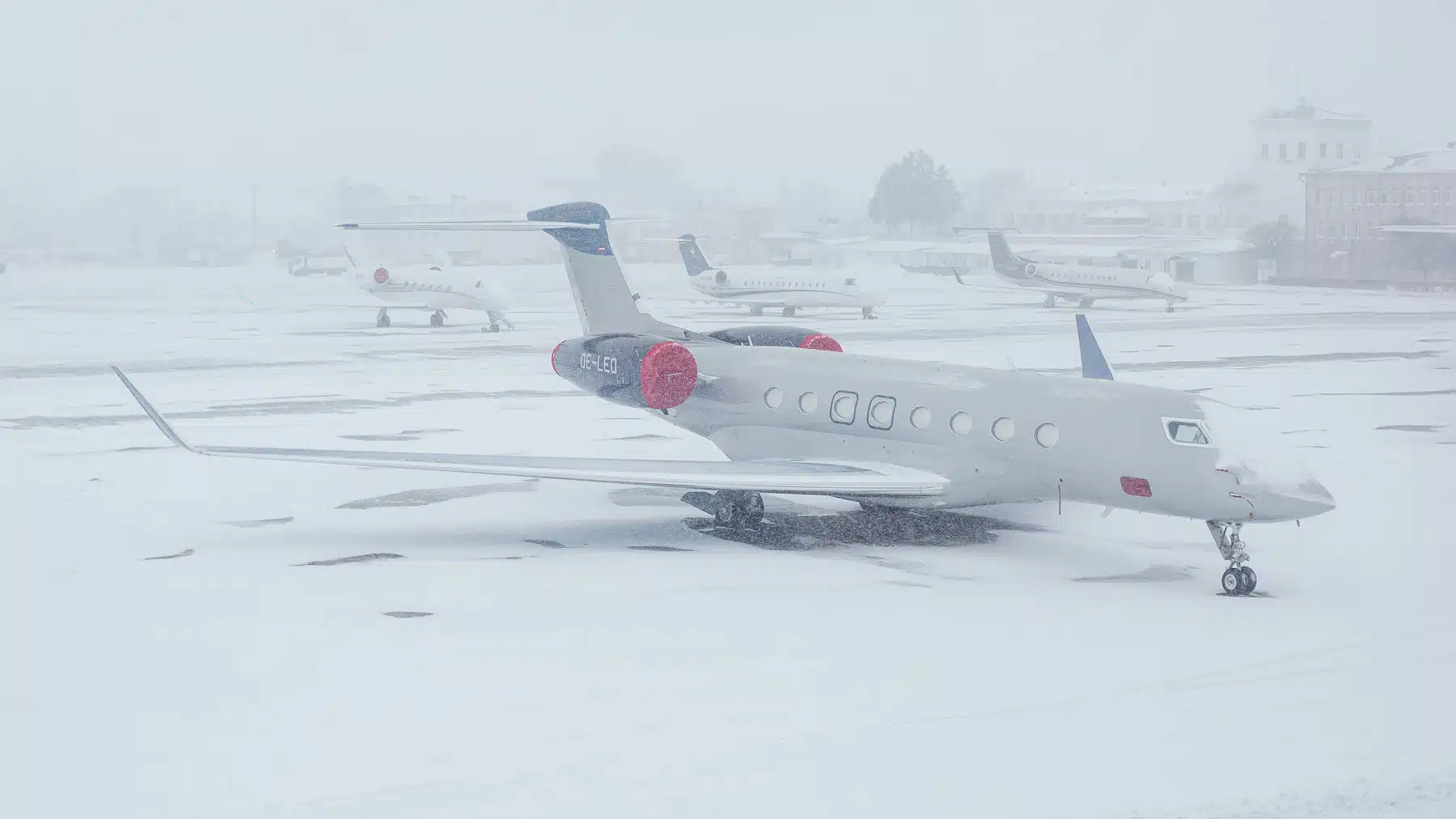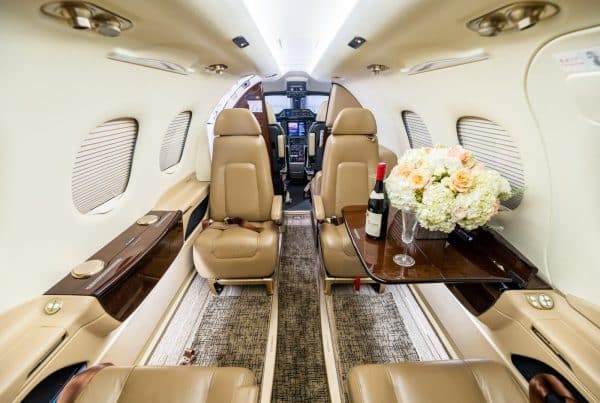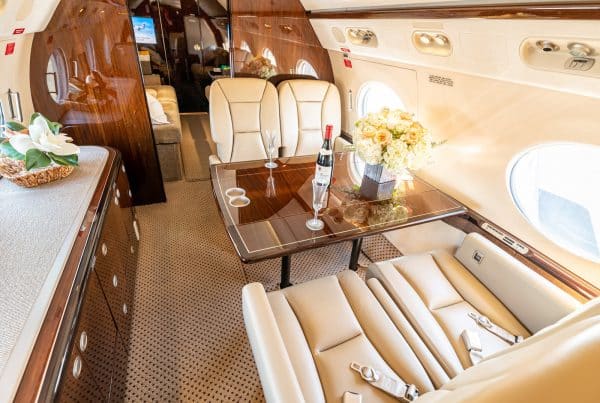One of the most common concerns about traveling is how much weather will impact your travel experience. If you plan on booking a charter flight, you expect to have a smooth, personalized experience free from the usual hassles and delays of commercial air travel. While private jets are built to handle various weather conditions, some factors can still impact comfort, flight planning, and safety. Here’s how specific weather conditions can affect a private charter flight and how you can prepare for smooth charter flight services.
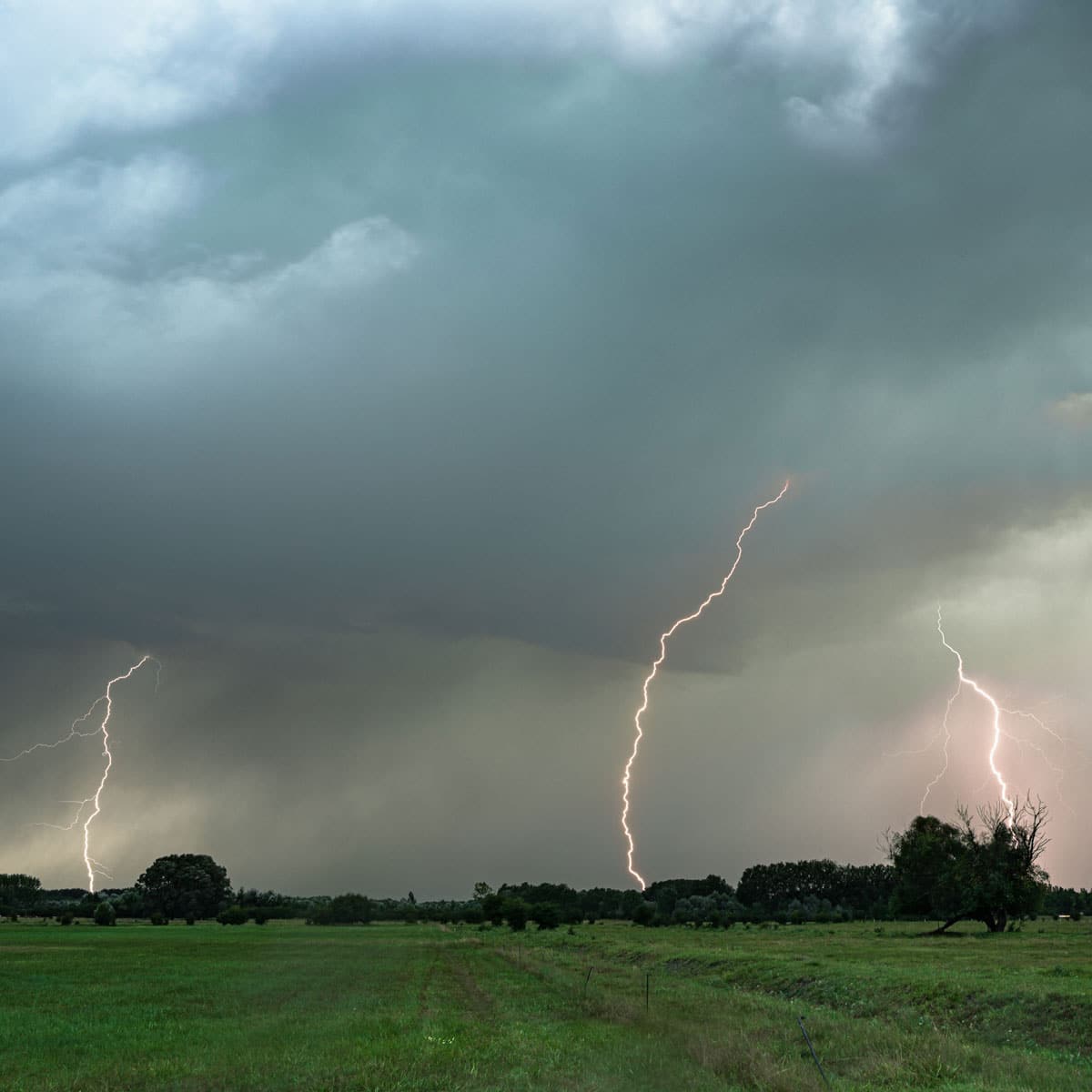
Thunderstorms
Thunderstorms, often associated with turbulence, can usually make a flight uncomfortable and, in some cases, hazardous. However, pilots are equipped with the latest radar technology to avoid the most dangerous areas of storms. In addition, private jets are highly maneuverable and can easily avoid thunderstorms to keep the flight as smooth as possible. They are able to avoid turbulence and get out of a storm quickly. In some cases, rerouting or delaying the flight is necessary. If thunderstorm clouds are located above the airport, your flight could experience a delay until the weather improves.

Fog
Low visibility due to fog can cause flight delays or require landing at a different airport. While most commercial airports are equipped with an instrument landing system to help guide pilots through the fog and safely onto the runway, smaller airports may not have an adequate ILS. While fog can interrupt flight schedules, it is usually a temporary and isolated weather phenomenon that does not cause cancellations or extensive delays.
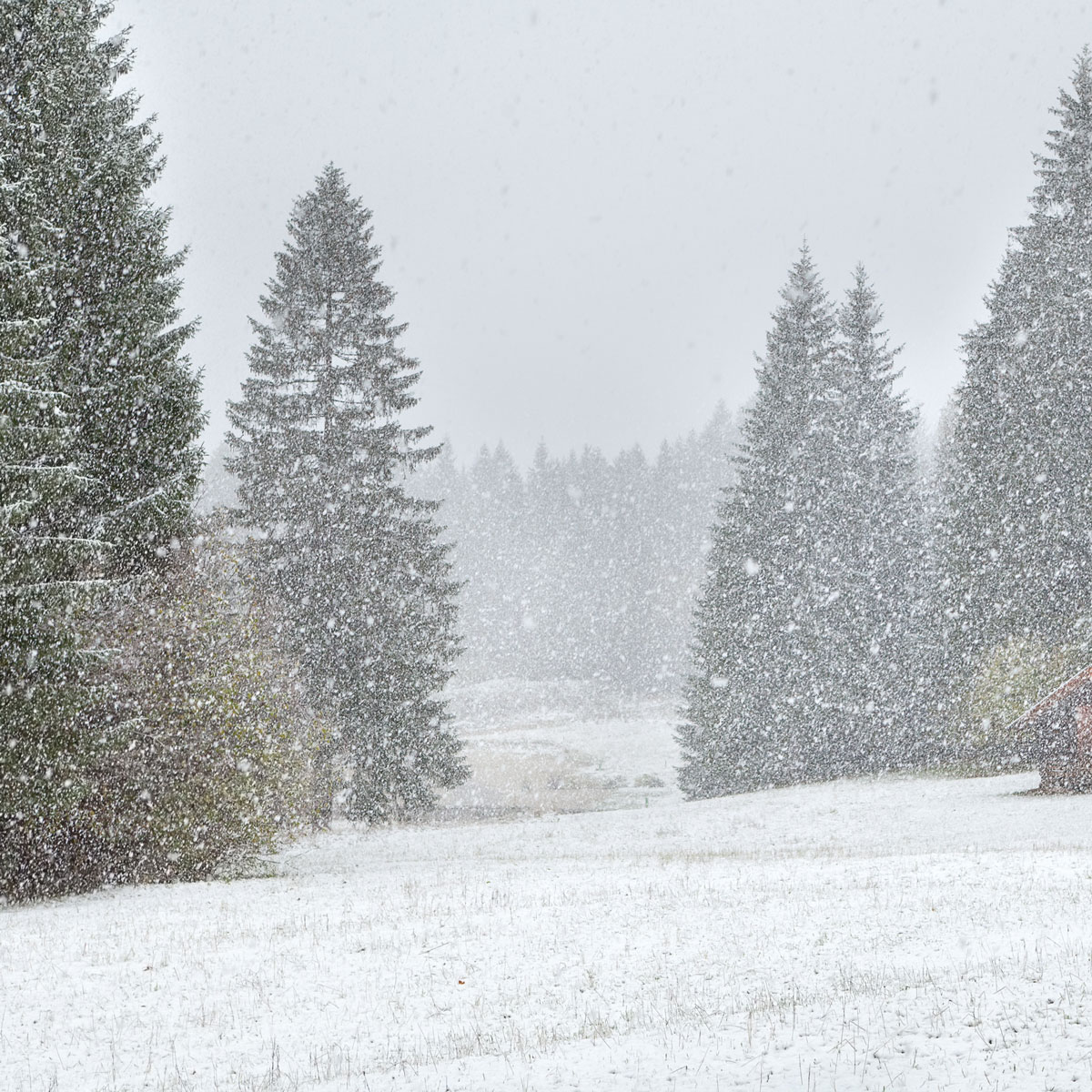
Ice and Snow
Flying during colder months can present its own challenges, including the accumulation of ice on the wings, which can impair the aircraft’s performance. Because of this, airports are required to de-ice their aircraft before takeoff. Snowstorms can also affect airport operations, limiting your ability to take off or land at your intended destination. Airports must clear their runways and taxiways to ensure safe takeoff and landing.
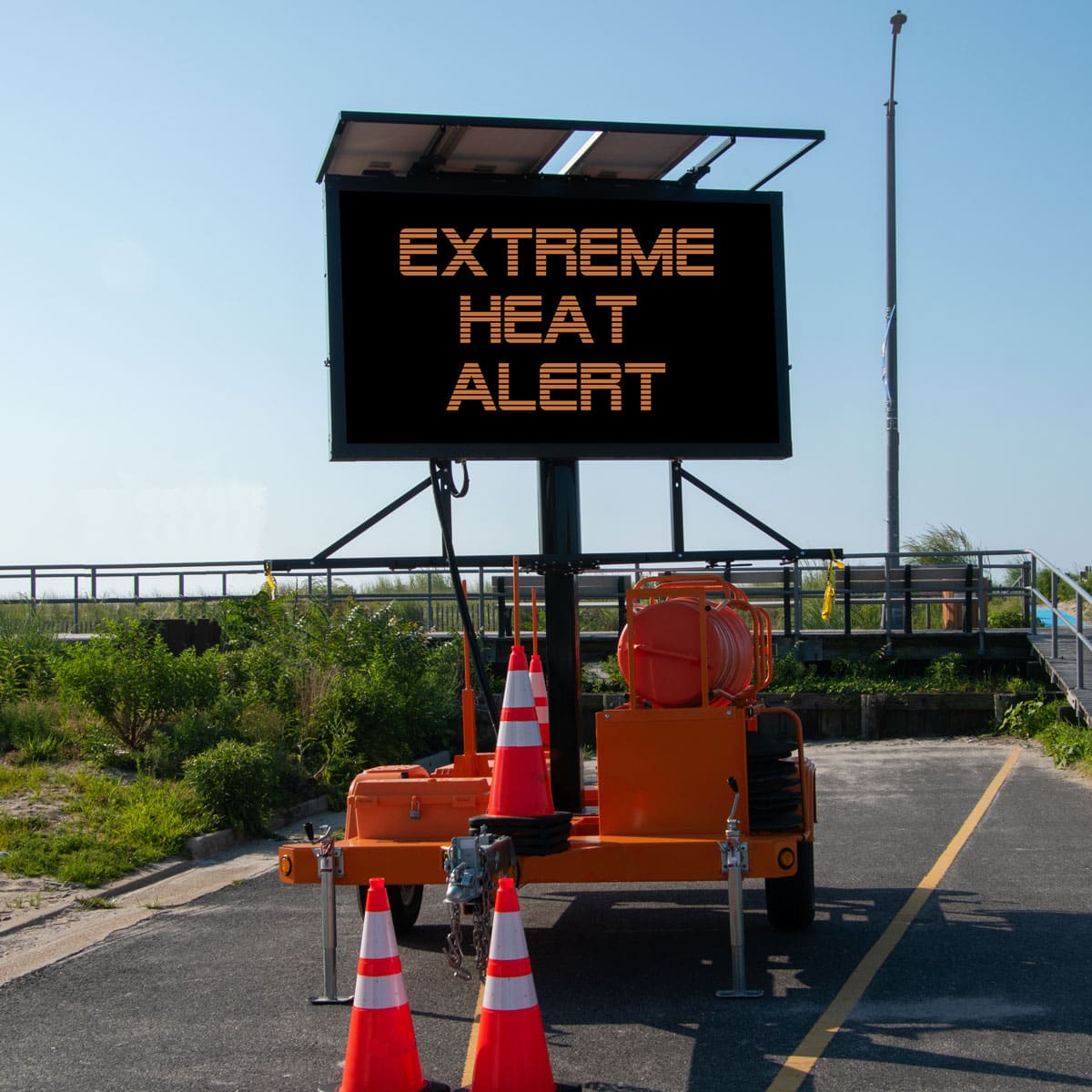
High Temperatures
Extreme temperatures can pose challenges for private jet operations. Once the temperatures rise, the air becomes less dense, affecting aerodynamic efficiency and engine performance. Airplanes require longer takeoff distances and slower climb rates, potentially limiting the amount of fuel or passengers that can be carried due to decreased aircraft performance.

Turbulence
While commercial airliners commonly experience turbulence, private jets generally encounter less severe turbulence because they can fly at higher altitudes and avoid weather systems that cause it. While turbulence is uncomfortable, it’s very rarely dangerous, and pilots constantly monitor weather reports to avoid it whenever possible.
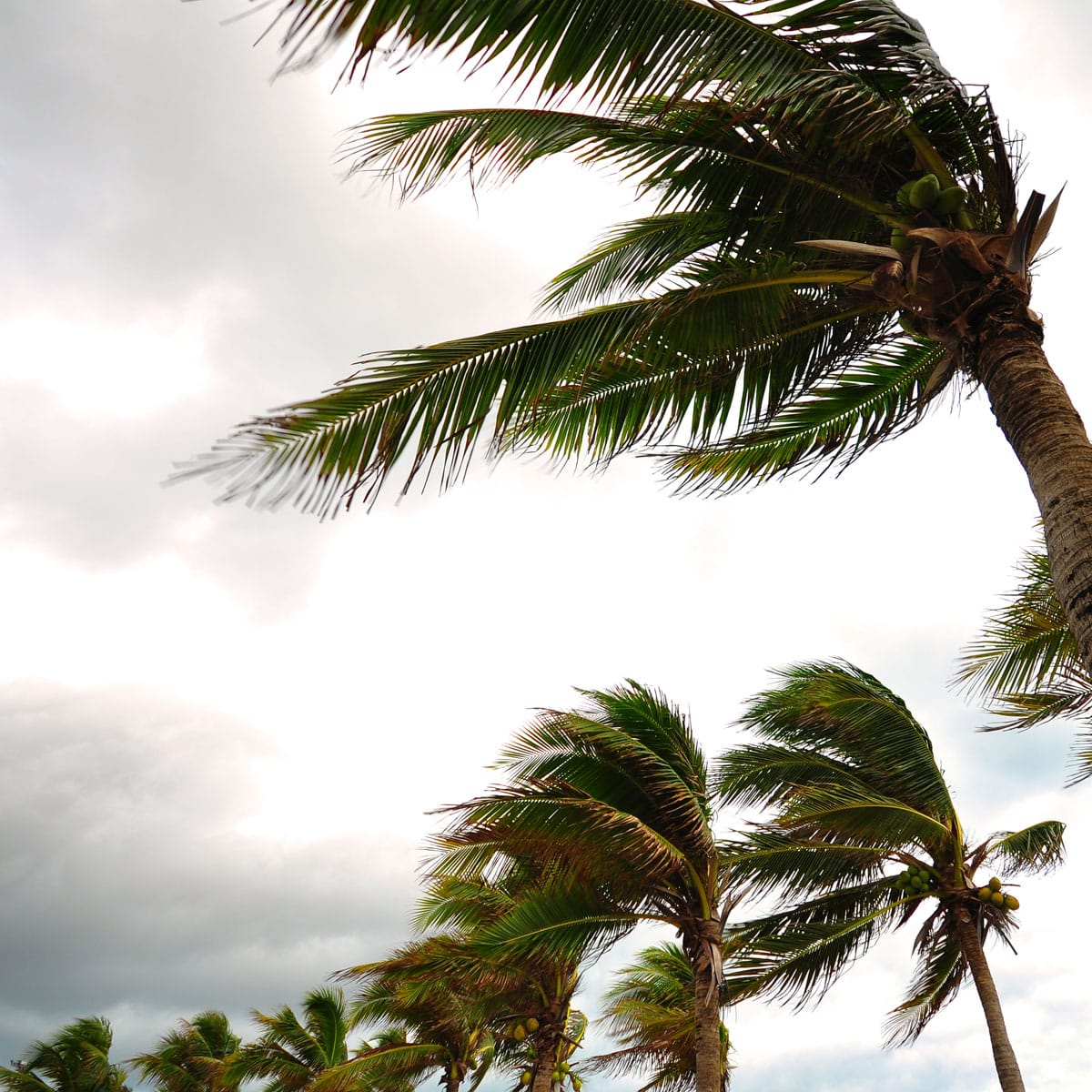
Wind
Strong winds are one of the most common weather events that can affect a private jet flight. Winds, particularly crosswinds, can affect the takeoff and landing of a plane. In some cases, it can also limit the ability of the aircraft to land safely at certain airports. While pilots are trained to handle windy conditions, excessively high or unstable conditions may cause your fight to be delayed or rerouted.
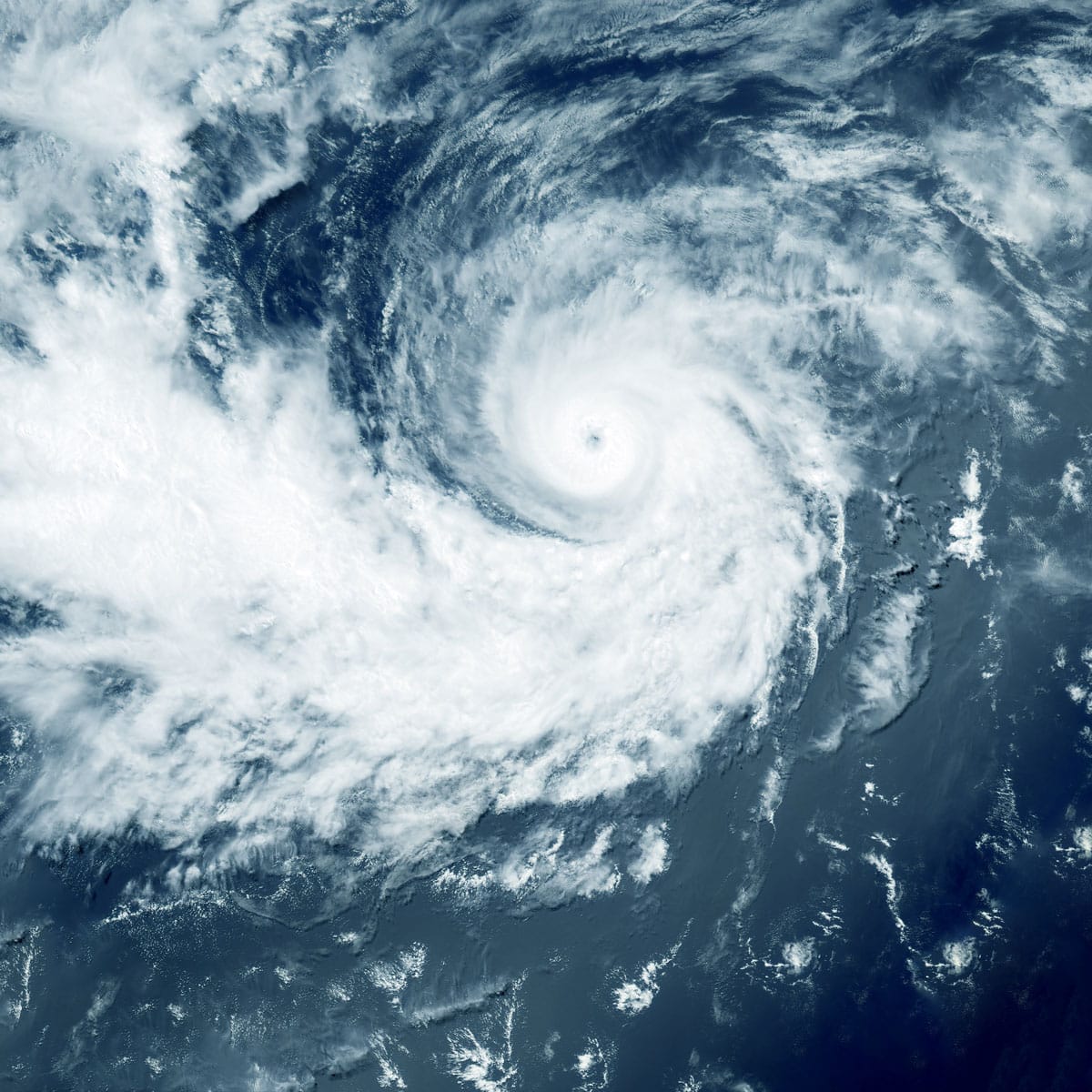
Severe Weather Events
In regions prone to severe weather conditions, such as hurricanes, private flights may be canceled or rescheduled. In this circumstance, private jets can fly into smaller airports to avoid any potential weather extremes. If there is a severe weather event, a private charter will monitor the weather conditions to avoid any risks. Safety is the number one priority.

Check the Weather
While traveling can be stressful, the weather shouldn’t add to your stress. When you’re booking a private charter flight, it’s best to stay informed about the weather forecast. If you are booking a flight in advance, it’s important to communicate with your charter provider who will monitor conditions and inform you of any necessary adjustments, such as delays, rerouting, or alternate airports. Should you have any concerns about turbulence or specific weather challenges, discuss them with your charter services provider in advance. They can guide you on what to expect and offer solutions to ensure a more comfortable and smooth flight experience.
Book Your Private Charter Flight with Air 7
When booking private charter flights, your comfort and peace of mind are paramount. With Air 7, you’ll get all of it and much more. Our experienced team is dedicated to ensuring you experience a smooth, safe flight tailored to your needs, no matter what the weather has in store. Because our team is constantly monitoring the weather and planning accordingly, we’re here to make your travel experience as stress-free as possible. Are you interested in booking a private charter flight with Air 7? Contact us today to request a charter quote.

